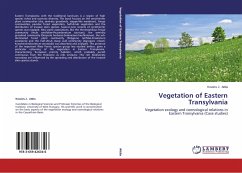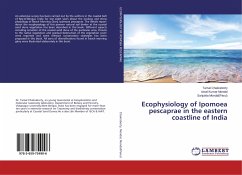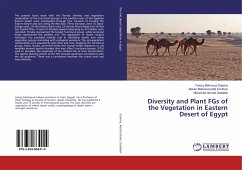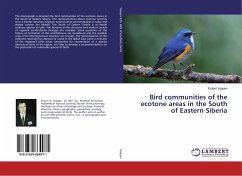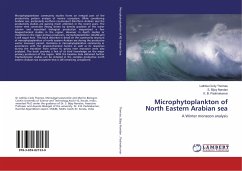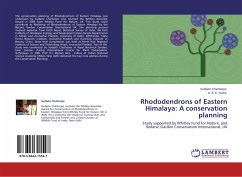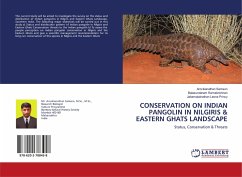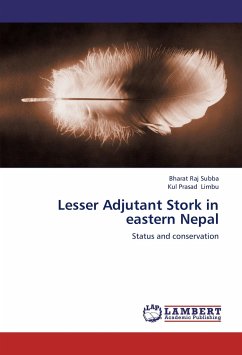Eastern Transylvania with the traditional land-uses is a region of high species riches and coenotic diversity. The book focuses on the xerothermic plant communities (dry, semi-dry grasslands, steppe-like meadows), fringe communities, peculiar forest vegetation, half-shrub vegetation and the distribution of invasive alien species. Several new records of xerothermic species was mapped. New plant associations, like the thermophilous fringe community (Inulo ensifoliae-Peucedanetum tauricae), the semi-dry grassland community (Dorycnio herbacei-Seslerietum heuflerianae), the ash-dominated forest plant community (Polygono latifolio-Fraxinetum excelsioris) and the half-shrub steep wall community (Agropyro cristati-Krascheninnikovietum ceratoidis) was described and analysed. The presence of the important West Pontic species group less studied before, gives a particular colouring of the vegetation in Eastern Transylvania, characterizing 'European priority habitats', which probably persist continuous from the Holocene as relic enclaves. This rich biodiversity nowadays are influenced by the spreading and distribution of the invasive alien species stands.
Bitte wählen Sie Ihr Anliegen aus.
Rechnungen
Retourenschein anfordern
Bestellstatus
Storno

